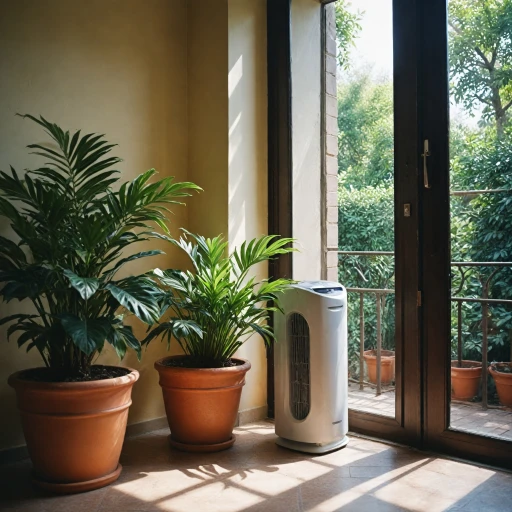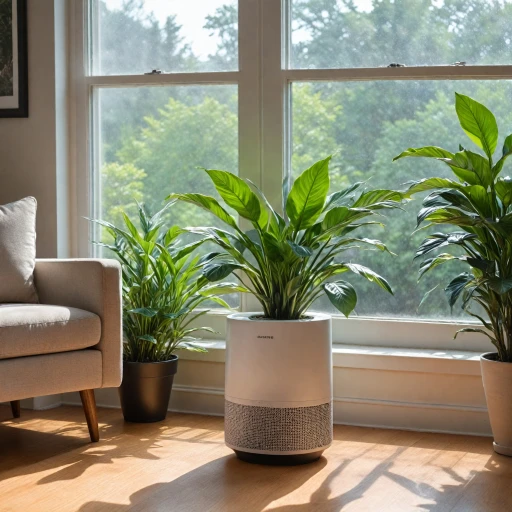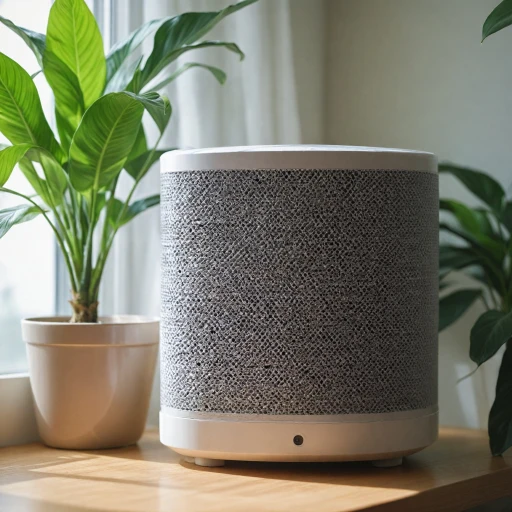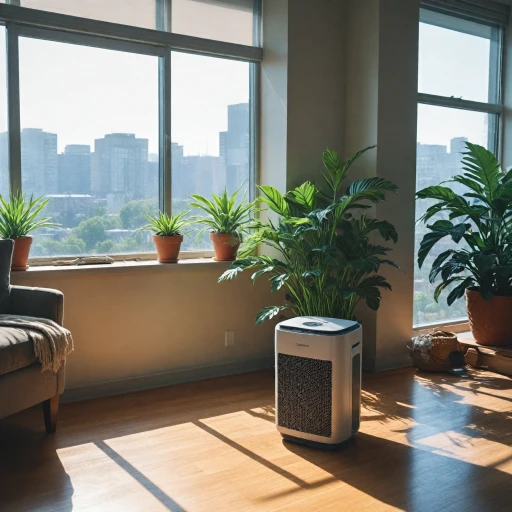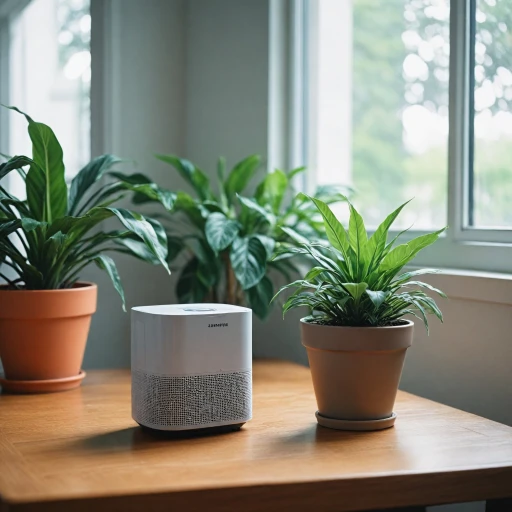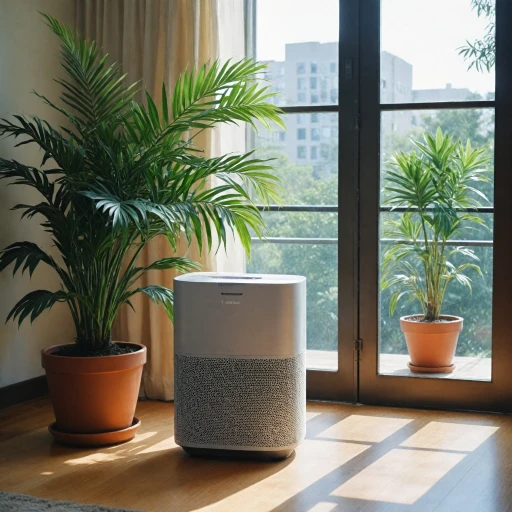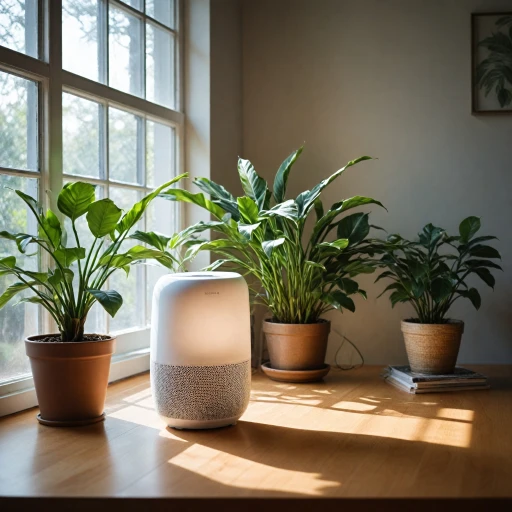
The Importance of Air Quality in Commercial Spaces
Prioritizing Air Quality for Better Business Environments
In today's commercial spaces, maintaining high indoor air quality is not just a matter of health, but also essential for optimal business operations. Poor air quality, often caused by contaminants such as smoke, dust, and odors, can lead to discomfort among clients and employees, and may even drive customers away, thereby affecting the overall success of the business.
Air purifiers, particularly commercial smoke eaters, play a crucial role in combating pollutants. These specialized filtration systems are equipped to handle various air purification challenges, dealing not only with smoke from cigars or cigarettes but also with other airborne irritants. Their ability to address smoke odor and fine particulates can make a significant difference in environments such as restaurants, bars, and office buildings where air quality is crucial.
Understanding how these systems work and choosing the right equipment, from HEPA and carbon filters to high CFM (cubic feet per minute) capabilities, is vital. Efficient smoke removal requires smoke eaters capable of handling large volumes of air, and potential ceiling mount or flush mount installations to save space while maximizing coverage.
How Commercial Smoke Eaters Work
Mechanics Behind Smoke Eaters
Commercial smoke eaters operate through a complex process of air purification, integral to maintaining a clean environment in commercial spaces. Understanding how these systems work is essential for effectively tackling challenges like air pollution and smoke removal in large areas. Smoke eaters utilize advanced filtration systems, including HEPA filters and carbon filters, to capture smoke particles and other contaminants. HEPA filters are known for their high efficiency in trapping particulates as small as 0.3 microns, making them essential for effective smoke removal. Carbon filters play a crucial role in eliminating smoke odor by absorbing gaseous pollutants. These equipment are often designed for flexibility, ranging from ceiling mount installations to flush mount options. A ceiling mount smoke eater provides a practical solution for maximizing space and ensuring unobtrusive operation, especially in areas where floor space is limited. The performance of a commercial smoke eater often depends on its CFM (Cubic Feet per Minute) rating, which directly relates to the volume of air processed. Higher CFM ratings indicate a more powerful system capable of handling larger rooms or spaces with significant smoke generation, such as cigar lounges or industrial settings. Understanding these mechanisms not only aids in selecting the right smoke eater for a given commercial setting but also in assessing the overall air quality improvement it can deliver. For a deeper dive into how air purifiers manage cigarette smoke, click here. By appreciating the intricacies of these devices, businesses can make informed decisions that enhance indoor environments and support healthier air standards.Key Features to Look for in a Commercial Smoke Eater
Essential Characteristics of Efficient Commercial Smoke Eaters
When selecting a commercial smoke eater, focusing on features that significantly impact performance and air quality is crucial. Here are some key aspects you should keep an eye on:
- High-Efficiency Filtration: The cornerstone of any competent smoke eater is its filtration system. Look for models equipped with HEPA filters which ensure effective particulate removal. This high-efficiency capability is essential in trapping fine particulates often present in smoke.
- Activated Carbon Filters: A robust smoke eater should incorporate activated carbon filters for efficient odor and chemical removal. The carbon filter plays a significant role in capturing volatile organic compounds (VOCs) and smoke odor, enhancing the purifier's overall efficacy.
- CFM Rating: Consider the eater CFM (cubic feet per minute) rating to ensure the device's power aligns with the size of your commercial area. A higher CFM rating indicates a more potent unit, capable of processing larger volumes of air for effective smoke removal.
- Ceiling Mount Capabilities: Ceiling mount or flush mount options can be ideal for saving space and ensuring efficient distribution of purified air. This feature is particularly beneficial in commercial settings where floor space is at a premium.
- Ease of Maintenance: Regular maintenance ensures longevity and consistent performance of smoke eaters. Consider units with easy-to-access filters or maintenance requirements that align with your operational capacity.
- Price Consideration: Balance your budget against the features offered. While a lower price might be tempting, ensure the smoke eater doesn't compromise on key functionalities crucial for maintaining healthy air quality.
Understanding these features will guide you in choosing a smoke eater that fits your commercial space needs, ensuring a prominent reduction in indoor air pollutants.
Benefits of Using Commercial Smoke Eaters
Advantages of Employing Smoke Eaters in Business Environments
Utilizing commercial smoke eaters brings a multitude of benefits to business spaces striving for optimal air quality.- Effective Smoke Removal: Commercial smoke eaters are specifically designed for high efficiency in removing smoke particles from the air, including tough-to-tackle sources like cigar smoke. This ensures a cleaner, healthier environment for patrons and staff alike.
- Odor Control: One of the significant advantages of using smoke eaters is their ability to tackle smoke odor. High-performance filters, such as carbon filters, absorb and neutralize unpleasant odors, contributing to a more pleasant ambiance.
- Improved Air Quality: Smoke eaters serve as efficient air purifiers, enhancing overall air quality by eliminating contaminants and allergens present due to smoke. This is crucial for maintaining health standards in commercial settings.
- Versatile Designs: With options like ceiling mount, flush mount, or wall-mounted units, smoke eaters can be seamlessly integrated into various commercial interiors without disrupting the aesthetic. This versatility ensures they can cater to different spatial needs effectively.
- Cost-Effective Operation: While the initial price of smoke eaters may vary, their long-term benefits often outweigh the investment. By preventing smoke-related damages and potential health issues, these devices can be a cost-saving solution for businesses.
- Scalability: These systems can be tailored to accommodate the specific needs of any commercial area, with options to handle different capacities based on the eater CFM (Cubic Feet per Minute). This scalability ensures the purification system is neither overused nor underutilized.
- Reduction of Legal Issues: By maintaining legal air quality standards, businesses can diminish the risk of regulatory penalties. Compliance with health regulations further solidifies a company's reputation for safety and care.
Challenges in Implementing Smoke Eaters in Commercial Settings
Overcoming Barriers: Integrating Smoke Eaters Effectively
Implementing commercial smoke eaters can significantly enhance air quality in various settings. However, several challenges need careful consideration for successful integration.- Installation Constraints: Depending on the design of your commercial space, installing smoke eaters can be complex. High or decorative ceilings might require specialized ceiling mount or flush mount options to ensure optimal performance without compromising aesthetics.
- Maintenance Costs: Regular upkeep is essential to maintain high efficiency in smoke removal. This includes periodic replacement of HEPA filters, carbon filters, and checking the operational efficiency of the entire filtration system. Proper maintenance could drive up operational costs, demanding a balance between quality air filtration and budget considerations.
- Space Limitations: In businesses like cigar lounges or restaurants where space is often a premium, finding room for large smoke eaters can be challenging. Selecting a model with a suitable CFM rating tailored to the space size and smoke levels is critical, ensuring effective purification without occupying excessive space.
- Noise Levels: Some commercial smoke eaters, especially those with high CFM ratings, might produce significant noise. This can become a nuisance in noise-sensitive environments, necessitating the choice of low-noise models or additional soundproofing measures.
- Ventilation Integration: Properly integrating the smoke eater with existing ventilation systems is crucial. Overlooking this might result in ineffective smoke odor removal or inefficiencies in air filtration, decreasing the air cleaner's overall effectiveness.


